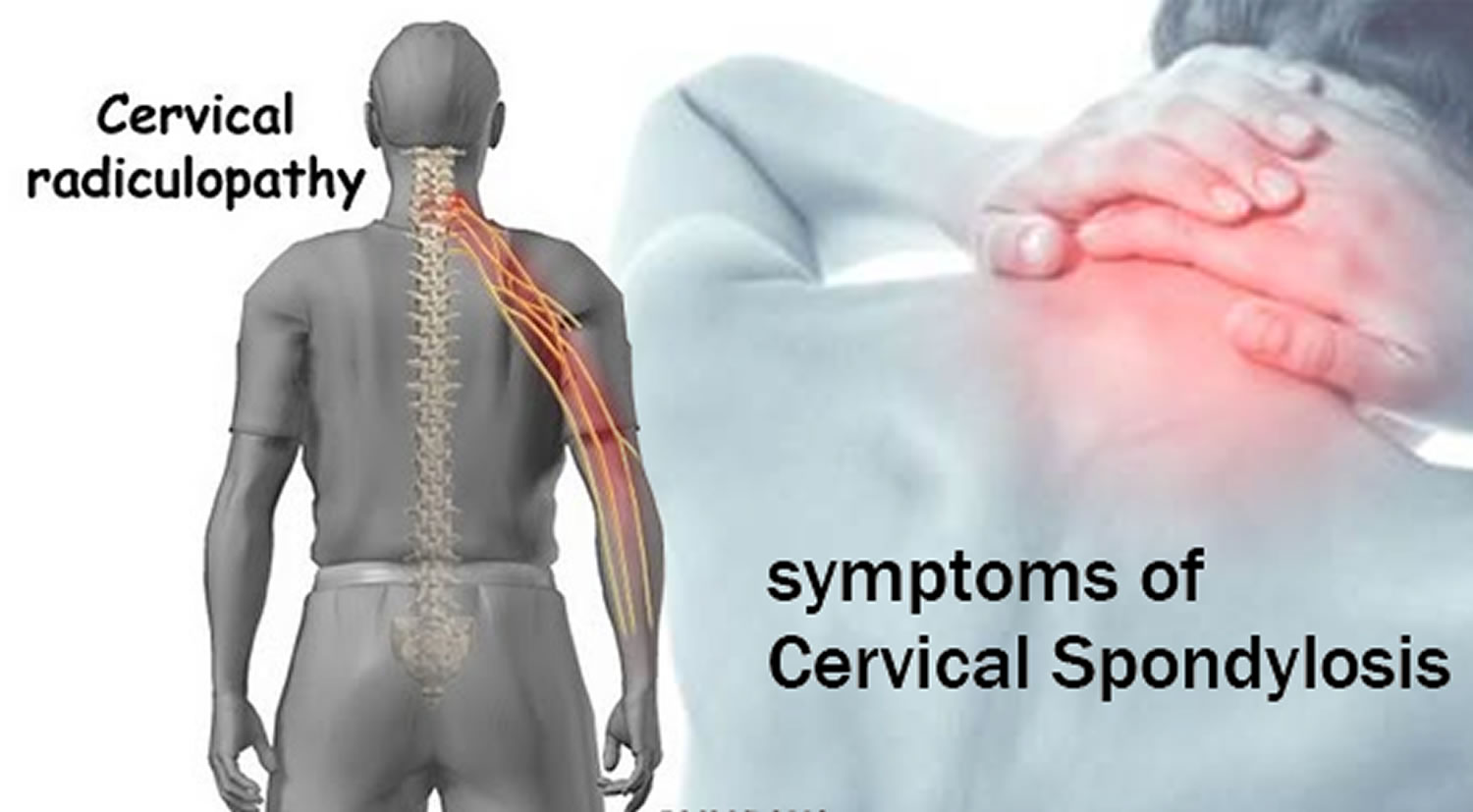
Cervical spondylosis, a condition characterized by the wear and tear of discs and bones in the neck, can cause debilitating pain and stiffness. Fortunately, advancements in surgical instruments, particularly spinal implants, have significantly enhanced treatment approaches. These implants play a crucial role in supporting the spine and alleviating pressure on nerves, leading to more precise surgeries and ultimately safer procedures with quicker recovery times.
Breaking News: Amber Implants’ Milestone Trial
In a groundbreaking development, Amber Implants launched the inaugural human trial of their VCFix spinal system in October 2023. This innovative system, tailored to address vertebral compression fractures, marks a monumental step forward in medical technology. The trial’s initiation underscores a commitment to expanding treatment options for patients afflicted with such fractures.
Market Expansion and Patient Benefits
The introduction of advanced surgical options, propelled by initiatives like Amber Implants’ trial, has spurred remarkable growth in the cervical spondylosis diagnosis and treatment market. Patients now enjoy reduced pain and improved mobility, thanks to these cutting-edge solutions. Moreover, heightened awareness and diagnosis efforts worldwide contribute to this market expansion, promising better outcomes for sufferers in the future.
Raising Awareness: The Key to Early Detection
Despite these advancements, many individuals remain unaware of the symptoms and severity of cervical spondylosis. This lack of awareness often leads to delayed diagnosis and treatment, exacerbating the condition over time. By fostering greater understanding and recognition of cervical spondylosis symptoms, we can encourage individuals to seek medical assistance sooner, potentially mitigating its progression to more severe stages.
To customize the study as per your report @ https://www.towardshealthcare.com/personalized-scope/5134
Navigating Healthcare Landscapes: Disparities and Challenges
North America: Urban hubs like New York, Los Angeles, and Toronto boast advanced medical centers and skilled professionals specializing in spinal conditions. However, rural and remote regions face challenges in accessing quality healthcare, leading to disparities in diagnosis and treatment availability.
Asia Pacific: While some regions exhibit growing awareness of cervical spondylosis, many areas still grapple with underdiagnosis and undertreatment. Cultural influences and healthcare practices shape the landscape, impacting patients’ preferences and treatment options. Moreover, regulatory barriers in certain countries may impede the introduction of new technologies and therapies, affecting accessibility and affordability.
Navigating Treatment Costs: A Global Perspective
According to Vaidam Health, treating cervical spondylosis in India entails varying costs for domestic and international patients. Factors such as hospital stays and chosen facilities influence the overall expenses. Furthermore, the prevalence of traditional medicine and regulatory environments further diversify treatment approaches and affordability across the Asia Pacific region.
In August 2023, a groundbreaking collaboration unfolded in the realm of spinal surgeries. ZimVie Inc., a prominent player in the US life sciences domain, specializing in dental and spine markets, forged an extensive partnership with Brainlab, a pioneering force hailing from Germany, renowned for its spine imaging and navigation solutions.
Enhancing Precision and Safety Through Integration
This strategic alliance marks a pivotal moment in medical innovation, aiming to revolutionize the landscape of spinal surgeries globally. By integrating cutting-edge technologies such as robotic imaging, surgical assistance, and mixed reality, ZimVie Inc. and Brainlab are poised to elevate the standards of precision and safety in spinal procedures.
Empowering Surgeons with Robotic Imaging
Robotic imaging stands at the forefront of this collaboration, empowering surgeons with unparalleled insights into the intricacies of spinal anatomy. Through advanced robotics, real-time imaging capabilities offer surgeons enhanced visualization, enabling precise planning and execution of surgical interventions.
Seamless Surgical Assistance for Optimal Outcomes
Furthermore, the integration of surgical assistance mechanisms ensures seamless support throughout the surgical journey. From pre-operative planning to intra-operative guidance, surgeons benefit from enhanced decision-making tools, optimizing procedural outcomes and patient safety.
Immersive Mixed Reality Experience
A hallmark of this partnership lies in the integration of mixed reality technologies, immersing surgeons in dynamic virtual environments. By overlaying digital information onto the surgical field, mixed reality enhances spatial awareness, fostering enhanced accuracy and efficiency during intricate surgical maneuvers.
The Impact on Patient Care
Ultimately, the collaborative efforts between ZimVie Inc. and Brainlab transcend technological advancements, placing a paramount focus on patient care. By enhancing precision, safety, and efficiency in spinal surgeries, this partnership aims to redefine standards of care, ultimately improving patient outcomes and quality of life.
Enhanced Precision through Modern Imaging Techniques
Advanced diagnostic imaging, including Magnetic Resonance Imaging (MRI) and Computed Tomography (CT) scans, has ushered in a new era in the diagnosis and treatment of cervical spondylosis. These cutting-edge technologies utilize powerful magnets, radio waves, and X-rays to produce detailed images of the neck’s bones, discs, nerves, and soft tissues. By offering unparalleled clarity, they enable healthcare professionals to identify and address cervical spondylosis with unprecedented accuracy.
Tailored Treatment Plans for Individual Needs
With the aid of these advanced imaging modalities, physicians can formulate personalized treatment strategies tailored to each patient’s unique requirements. By precisely visualizing any damage or abnormalities, doctors can devise targeted interventions to alleviate symptoms and improve outcomes. For instance, identifying nerve compression through imaging allows for the implementation of treatments aimed at relieving pressure, thereby mitigating pain and enhancing overall well-being.
Integrating Technology for Enhanced Rehabilitation
Recent research, such as a study conducted by experts from Guangxi Normal University, China, underscores the potential of combining innovative therapies with virtual reality (VR) technology to optimize cervical spondylosis rehabilitation. Techniques like Sling Exercises Training (SET), fascia manipulation, Muscle Energy Technique (MET), and Proprioceptive Neuromuscular Facilitation (PNF) when integrated with VR have demonstrated promising results in pain management. This synergy between traditional therapies and modern technology offers new avenues for improving patient outcomes.
Continuous Monitoring for Effective Management
Moreover, advanced imaging techniques play a crucial role in monitoring the efficacy of ongoing treatments. By comparing images taken at different intervals, healthcare providers can assess the progression of cervical spondylosis and make informed adjustments to treatment plans. Whether evaluating improvements or identifying potential complications, MRI and CT scans empower clinicians to optimize patient care and enhance quality of life.
Unlock Infinite Advantages: Subscribe to Annual Membership
To own our premium research instantly, click here @ https://www.towardshealthcare.com/price/5134
To know more about cervical spondylosis diagnosis and treatment market:



